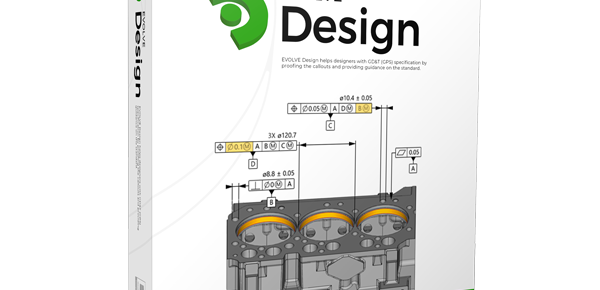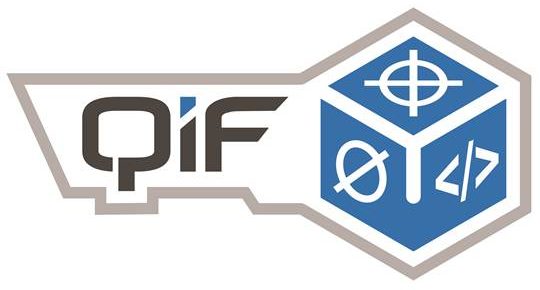Applying, Communicating, and Evaluating Product Tolerances
If you deal with geometric dimensioning and tolerancing (GD&T), KOTEM EVOLVE software helps you improve your product tolerances across your enterprise from design to volume manufacturing processes.
Today’s manufacturing world is increasingly complex and demanding, with global supply chains and worldwide manufacturing locations. There are numerous opportunities for miscommunication that can affect product quality. Model Based Enterprises (MBE) take advantage of Model Based Definitions (MBD) to improve communication about product design intent across all functions and operations. Effectively communicating product design intent across the enterprise improves efficiency saving time and money, while protecting the value of intellectual property.
Whether a designer is struggling with the proper application of GD&T on a part, or a manufacturing engineer is trying to understand why a machine operation is reaching an out-of-tolerance condition, or a quality person is trying to validate that a part is within specifications, the KOTEM EVOLVE suite provides them with answers that are easily shared across the entire organization.

EVOLVE Design
Verify GD&T specifications in your CAD files. EVOLVE Design checks compliance with ASME and ISO standards. View the GD&T and simulate measurement data in the model to confirm that your GD&T values are optimal.

EVOLVE Manufacturing
GD&T expresses function-based zones and datums of parts, but manufacturing needs dimensions and angles to produce those zones and datums, and to make process changes. EVOLVE Manufacturing transforms inspection data into process-specific dimensional parameters to accelerate root-cause analysis and implement corrective actions.

EVOLVE SmartProfile
EVOLVE SmartProfile makes pass/fail checks of quality measurements relative to GD&T easy. It analyzes detailed GD&T characteristics of manufactured parts by applying measurement points to CAD models while ensuring compliance with ASME and ISO standards.

EVOLVE SPC
Graphical statistical analysis tied to the model-based display makes it easy to visualize process or inspection measurement variations and trends. Interact with individual feature characteristics to refine manufacturing processes and improve product quality.




 Contact Us
Contact Us